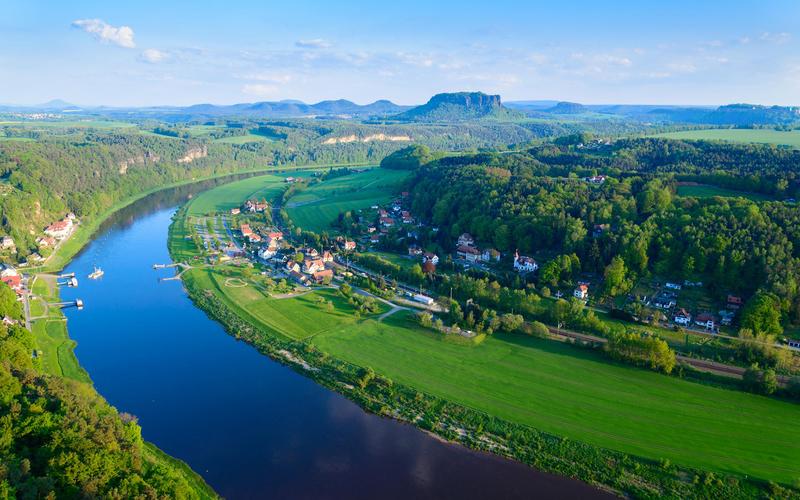.
Culture geography is a fascinating field of study that looks at the intricate relationship between culture and geography. It explores how cultural practices and beliefs are both shaped by and shape the physical environment around us. In this post, we will explore the key concepts of culture geography, including its definition, history, and major theories.
Culture geography, also known as human geography, is a subfield of geography that studies the relationships between humans and the natural and built environment. It is concerned with understanding how people interact with the landscapes around them and how their cultural practices are influenced by local geography and resource availability. As such, culture geography aims to unravel the complex ways in which cultural identity, social norms, and political institutions are shaped by location and the physical environment.
The history of culture geography can be traced back to the early 1900s, when geographers first began to study human activity alongside physical geography. In the years since, there have been a number of major advances in the field, including the development of cultural ecology and the cultural landscape approach, both of which have had a profound impact on our understanding of human-environment interaction.
One of the key concepts in culture geography is the idea of cultural ecology. Cultural ecology is the study of how human populations interact with their environment to create and maintain distinctive cultural identities. This perspective emphasizes the ways in which environmental factors such as climate, topography, and ecology influence cultural evolution, including language, artistic expression, and religious beliefs.
Another important concept in culture geography is the cultural landscape approach. This approach examines the ways in which cultural practices and beliefs shape the physical aspects of landscapes, such as agriculture, architecture, and urbanization. It recognizes that human activities, such as farming practices and architectural styles, leave an indelible mark on the environment and that these marks can be read as a reflection of cultural values and practices.
Other key ideas in culture geography include the notions of place and space. Place refers to a specific location that has unique cultural and social characteristics, while space refers to the broader physical environment in which those places exist. These ideas are important for understanding the ways in which cultural practices and beliefs are shaped by and in turn shape the physical environment.
In conclusion, culture geography is a rich and multidisciplinary field that is concerned with understanding the complex relationships between humans and their physical environment. Its key concepts and theories help us to unravel the intricate ways in which cultural practices and beliefs are influenced by location and resource availability. It offers a unique perspective on the world and helps us to appreciate the diversity of human experience.
(Note: Do you have knowledge or insights to share? Unlock new opportunities and expand your reach by joining our authors team. Click Registration to join us and share your expertise with our readers.)
Speech tips:
Please note that any statements involving politics will not be approved.
